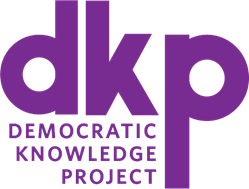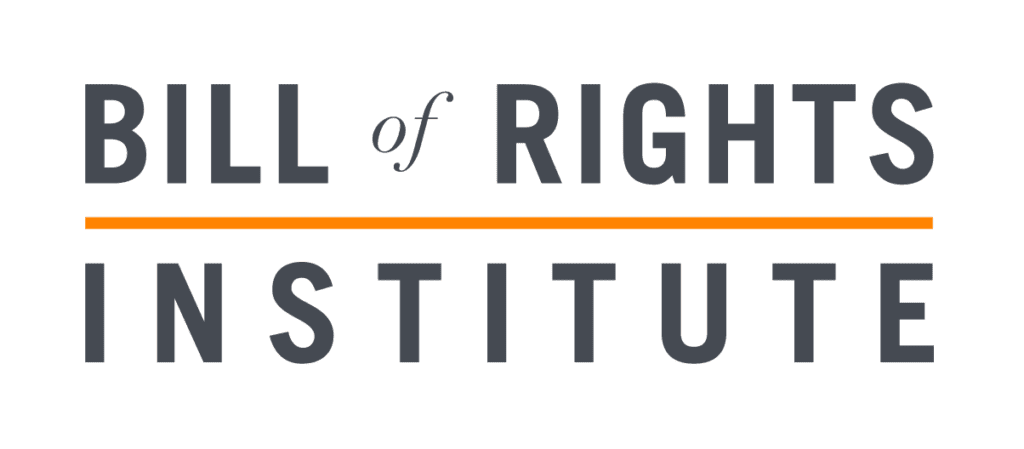The curated resources linked below are an initial sample of the resources coming from a collaborative and rigorous review process with the EAD Content Curation Task Force.
 Reset All
Reset All
This video playlist is part of the New-York Historical Society's Academy for American Democracy, a new educational initiative focusing on history and civics education for the sixth grade students.

The Roadmap



New-York Historical Society


Do you like running things? Branches of Power lets you do something that no one else can: control all three branches of the U.S. government.

The Roadmap


iCivics, Inc.


Students will investigate the powers of the Presidency in the Constitution, as outlined in the "Federalist Papers".

The Roadmap




National Endowment for the Humanities


Students learn what Congress is, what the Constitution says about the legislative branch, and how a bill becomes law. They analyze some actual language from the Constitution, compare the House and Senate, and simulate the lawmaking process by reconciling two versions of the same fictional bill.

The Roadmap




iCivics, Inc.


This resource is an interactive Google Site to help students understand the electoral process of the 2020 election.

The Roadmap



The Democratic Knowledge Project - Harvard University


This unit of lessons and tools examines the executive branch of the United States and the office of the President.

The Roadmap



iCivics, Inc.


This mini-lesson looks at the debate, and eventual compromise, between the Federalists and Anti-Federalists that occurred around the creation of the US Constitution.

The Roadmap




iCivics, Inc.


This lesson explores the principle of the Rule of Law, its role in the American system of government, and how it has been interpreted and applied throughout American history.

The Roadmap




Bill of Rights Institute

Instead of placing authority in the hands of one person, like a king, or even a small group of people, the U.S. Constitution divides power. Power is first divided between the national, or federal government, and the state and local government under a system known as Federalism. At the federal level, the Constitution again divides power between the three major branches of our federal government—the legislative, the executive, and the judicial.

The Roadmap


National Constitution Center


This lesson explores the principles of separation of powers and checks and balances and how they operate within the American constitutional system.

The Roadmap




Bill of Rights Institute

This lesson explores the relationship between National, State, and Local governments.

The Roadmap




Bill of Rights Institute

On May 25, 1787, framers of the Constitution gathered in Philadelphia, PA to deliberate ideas about establishing a system of government for our new country. In this lesson, students will examine some of the founding principles that emerged from this meeting as well as hear about some of the people who participated.

The Roadmap

C-SPAN Television Networks/C-SPAN Classroom





